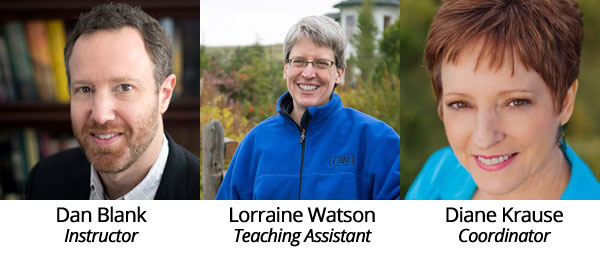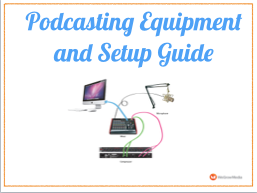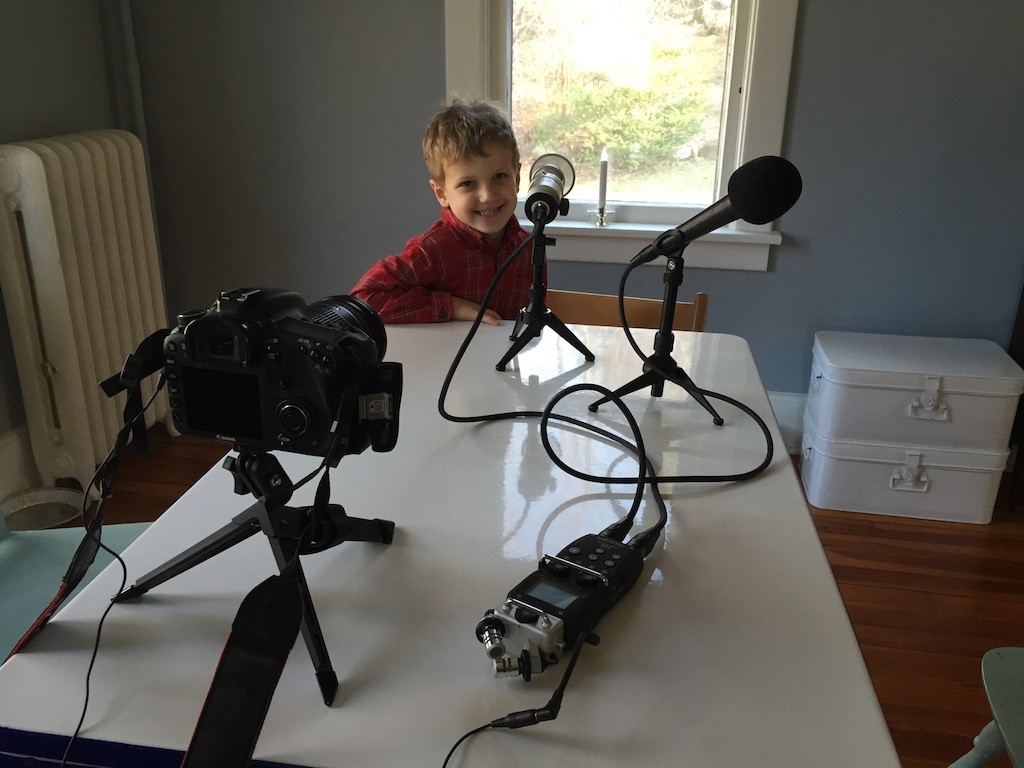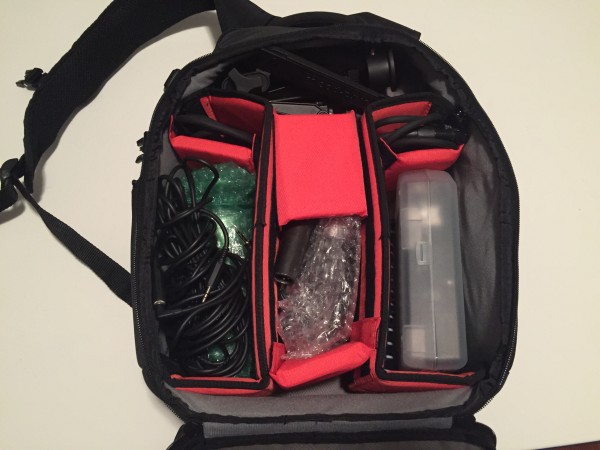Last year, I shared two blog posts about my process for hiring three interns. I wanted to check in on how things have evolved since that time — continuing this as a behind-the-scenes case study.
In June 2014, I talked about my intention to hire an intern, the process to do so, and how I ended up hiring three people instead of just one.
In August, I wrote an update on how we worked together.
Since that time, this is what has happened with each of the interns:
- Diane Krause stayed on board after the summer, gradually working more and more hours, getting a new title (Project Coordinator). Way more on my process with her below.
- Rachel Burns went back to school and has been pulled in here and there for some specific projects. I have told Diane that she can put Rachel on any project she likes, and I’m hopeful that Rachel can do a lot more with us again this coming summer.
- Kathi Gadow landed a great job with DK Publishing, while she also pursues her Masters degree. We stay in contact, but I haven’t really reached out to her with new projects recently, simply because I have been focusing on my work with Diane, and because I feel like Kathi has been busy with her day job and school.
- Lorraine Watson is a newer collaborator. She took one of my courses last year and was wonderfully helpful in the student discussion forums online. She shared positive reinforcement to other students, helpful advice, and created little systems to manage the most helpful threads in the chats. I loved having her in the class, and this year she has been the official teaching assistant in two courses.
Without Collaborators, I Can’t Grow
Not too long ago, I interviewed artist and baker Andrea Lekberg. As we explored her decisions in opening up her own shop, I asked her why she didn’t just open up the shop with zero staff, taking on the role of baking and serving by herself. Her response was, “If you have a business so small that you are doing everything, then you don’t have time to think about growing it. You can’t grow. You are always behind and overwhelmed. We started out so that we could hopefully succeed.”
Her answer hit me like a ton of bricks, which is usually how her wisdom hits me. So often, we worry about what there is to lose in taking a risk to hire help. Now that isn’t all bad, because hiring is inherently a commitment to another person, and that can’t be entered into lightly. Hiring is a commitment.
I thought it was important to pay the interns I hired, but again and again, people told me that they didn’t apply for the money, they applied for the experience. They felt a huge gap between where they were, and how they see me — that somehow I am able to be the sole income provider for my family, even though we live in New Jersey, a notoriously expensive state to live in. My interns were interested in gaining insight into what my process looks like on a day-to-day basis.
And I can’t blame them — when I started out, that is what I desperately wanted to know as well!
Several months back, I told Diane: Work however many hours you can; if it becomes too much for me to afford, I’ll let you know. Since that time, I haven’t worried about paying her for one minute, because I think that the value she provides is so worth it to me personally, and my business.
Oddly, like so much of what I have found as an entrepreneur, it doesn’t feel even 1% risky, even though “on paper,” it should. In fact, the only things I think about are:
- How can I get Diane to work more hours?
- How can I bring on a second employee that Diane manages?
- When can I give her another raise?
Because Diane is awesome. And with Diane, I can feel the quality of what I do improve, and I can feel myself (and my business) grow.
My Work Can’t Improve or Expand Without Established Processes
So much of my work with this team has been about establishing processes around my products, services, and communication. For example:
1. How we launch a course, the specific steps
2. How I communicate with clients
3. How I can better serve my readers
As our work evolved, Diane and I tried out a few systems to better manage projects so that they existed less on shared Dropbox folders and in email attachments, and more in a system that would scale for a true business that can expand its team.
Asana was the first system we embraced. It is project management software that helps us keep tabs on projects, but also create step-by-step systems for a variety of tasks. We looked at a lot of project management options last summer, including many of the obvious choices: Basecamp, Salesforce, and others, but settled on Asana because it just seemed to feel right. Basecamp was a bit too “simple” for how we liked to work; Salesforce a bit too complex. Asana has worked well for us, but in our research, I talked to people who raved about many other systems, including Basecamp and Salesforce. As usual, there isn’t one “best” tool, just the tool that works best for you.
Recently, on a whim, we tried the group messaging service Slack. This didn’t start out as a formal need or solution, just something I saw mentioned a lot online, so I set up an account.
It turns out we LOVE Slack and use it every single day now. Slack primarily manages our conversations around projects we are working on. I basically view it as text messaging with a business structure. We are always having informal conversations in Slack. While we will text on our phones too, that always feels a little invasive for me. I want to respect boundaries (Diane may be attending to other work, or personal stuff).
Because of Slack, we are using email less and less, which feels AWESOME. In my courses, I work with creative professionals to stop using email as a catch-all for their tasks, communication, and calendar.
Diane and I used to have formal weekly check-in calls, but we stopped doing that. For one, it removed a meeting from my calendar, which felt good. Fewer meetings means more “white space” in my life to focus on what matters that day. It’s worth noting, that as I write this, Diane and I have used Slack to set our work priorities for the morning, and are now chatting about our favorite ice cream brands. It genuinely feels like she is right across the table from me, yet she is in her home in Texas, and I am in a Starbucks in New Jersey. Yay internet!
Yet, we communicate more frequently because of Slack, and will hop on the phone during the week when it makes sense, such as to brainstorm, to tell a story, to just check-in informally.
I Have Less Anxiety (and More Effective Ways of Dealing with Anxiety When it Does Crop Up)
Let’s talk about mental health for a moment. Now, this is a broad topic that can be defined in many ways, but in this context, let’s focus on ANXIETY around work.
When I first began considering starting my own company, I reached out to entrepreneurs I knew and interviewed them about their experiences. What I heard again and again was this phrase: “rollercoaster of emotions.” How one day they will feel on top of the world, and the next that they have totally ruined their family’s finances.
When you pursue your own venture as a creative professional, this can happen in a myriad of ways on any given day. What I find is that having a team helps me feel that things are on a stable track each week.
- In establishing processes in a collaborative manner, I am less likely to feel that I missed something obvious. Before I launch something, members of the team will have provided feedback, catching simple mistakes, missed opportunities, or potential threats. Diane now edits nearly everything I send out, catching loads of small errors that I make in my writing.
- When specific situations come up, I can discuss them with someone with whom I have a professional relationship and is integrated deeply with my work. These are rarely “big” situations; but typically tiny things which trigger anxiety. A comment on a blog post, an email, a conflict in schedule. It’s hard to describe how good it feels to be able to talk in detail with someone whose opinion I respect so much.
I suppose that these are also part of the reasons why I didn’t feel that hiring a “virtual assistant” should be my first hires, as others suggest. It’s nice having someone who (even though she works remotely) is truly a part of the team, and not someone whose hours I am buying through a VA clearinghouse. There is an emotional investment and a sense of trust that changes the relationship entirely. Diane is a true collaborator on so many things. And it is my goal to expand her role and continue to bring in other collaborators.
A note here: Yes, there are other roles that people play in my life who give advice — colleagues, mentors, and others who can provide keen advice when needed. But the difference between those people and a team is that I only want to ask a mentor or colleague for advice when it is truly needed, not because I am having a moment of anxiety about something small.
I am about to announce that I am hiring an intern for this coming summer (sneak peak!), and when Diane and I discussed our needs, she brought up the idea of just finding someone via Elance. While I have nothing against Elance, I think I may have cut Diane off before she even finished the sentence with my gut feeling of, “No. We are building a team, not hiring freelancers.”
Is that the right move for every business? No!!! There are loads of success stories of hiring freelancers, using Elance, and various other ways of getting help. Use the one that works well for you.
Have you been considering how employees can help you grow? If so, what are your hesitations? Do you have other advice on how to begin hiring a team? Please share below!
Thanks.
-Dan




